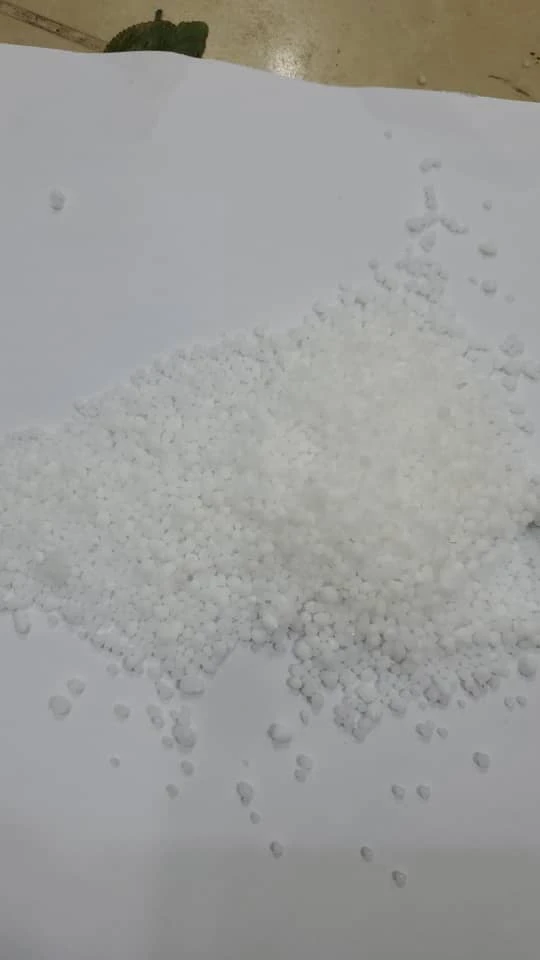



saltpeter cooking
An Introduction to Saltpeter in Cooking
Saltpeter, scientifically known as potassium nitrate, has had a storied past in various applications, most notably in the culinary world. While it may not be a common ingredient in every kitchen, its unique properties have earned it a place in specific culinary traditions, especially in the realm of curing meats. Understanding its uses, benefits, and how to safely incorporate saltpeter into cooking can elevate your culinary creations and preserve the rich flavors of meats.
What is Saltpeter?
Saltpeter is a naturally occurring mineral that has been used since ancient times. In the culinary context, it acts as a curing agent, primarily for meats. Its chemical composition allows it to retain moisture, enhance color and flavor, and inhibit the growth of harmful bacteria during the curing process. In fact, its ability to prevent botulism – a potentially fatal illness caused by improperly processed meats – has made it a staple in traditional meat curing practices.
The Role of Saltpeter in Curing
Curing is a time-honored method of preserving meat that not only extends shelf life but also intensifies flavors. The traditional techniques, such as dry curing, brining, and smoking, often use a blend of salt and other curing agents, with saltpeter being a critical component. When applied correctly, saltpeter helps to develop a vibrant pink color in cured meats, making them visually appealing.
In addition to its aesthetic appeal, saltpeter contributes to the characteristic taste of products like ham, bacon, and salami. It interacts with the meat proteins, resulting in a unique flavor profile that cannot be achieved with salt alone. Many artisan meat producers and charcuterie enthusiasts appreciate saltpeter for its ability to balance the salty and savory elements of cured products.
Using Saltpeter in Cooking
saltpeter cooking

If you’re considering using saltpeter in your own kitchen, there are several important guidelines to follow. Firstly, it is crucial to use food-grade saltpeter, as technical or industrial-grade variants may contain impurities that are harmful if consumed. Always source your ingredients from reputable suppliers to ensure safety.
When incorporating saltpeter into your curing recipes, it's essential to follow precise measurements. A common ratio is about 1 teaspoon of saltpeter for every 5 pounds of meat, though this can vary depending on the recipe and desired results. It’s also important to balance saltpeter with other curing agents, such as kosher salt and sugar, to achieve the best flavor and texture in your final product.
Another aspect to consider is the curing time. Depending on the thickness of the meat and the specific recipe, curing can take anywhere from a few days to several weeks. During this period, the flavors will intensify, and the meat will become safe to eat when prepared properly.
The Health Perspective
While saltpeter is generally safe when used correctly, it is crucial to be aware of the health implications of consuming cured meats. Processed meats, especially those high in sodium and preservatives, should be enjoyed in moderation. Moreover, there has been ongoing research into the potential links between nitrates (like those found in saltpeter) and certain health issues, making it advisable to balance your diet with fresh fruits, vegetables, and whole grains.
Conclusion
Saltpeter may not be a common kitchen staple, yet its role in the art of meat curing is undeniably significant. By understanding how to use saltpeter safely and effectively, you can enhance your culinary repertoire, producing flavorful and beautifully colored cured meats. Whether you're a seasoned chef or an adventurous home cook, the judicious application of saltpeter can lead to delicious results that pay homage to centuries-old culinary traditions. Always remember to prioritize safety and balance in your cooking practices, ensuring that your gastronomic adventures remain both tasty and healthy.
-
Why Sodium Persulfate Is Everywhere NowNewsJul.07,2025
-
Why Polyacrylamide Is in High DemandNewsJul.07,2025
-
Understanding Paint Chemicals and Their ApplicationsNewsJul.07,2025
-
Smart Use Of Mining ChemicalsNewsJul.07,2025
-
Practical Uses of Potassium MonopersulfateNewsJul.07,2025
-
Agrochemicals In Real FarmingNewsJul.07,2025
-
Sodium Chlorite Hot UsesNewsJul.01,2025










